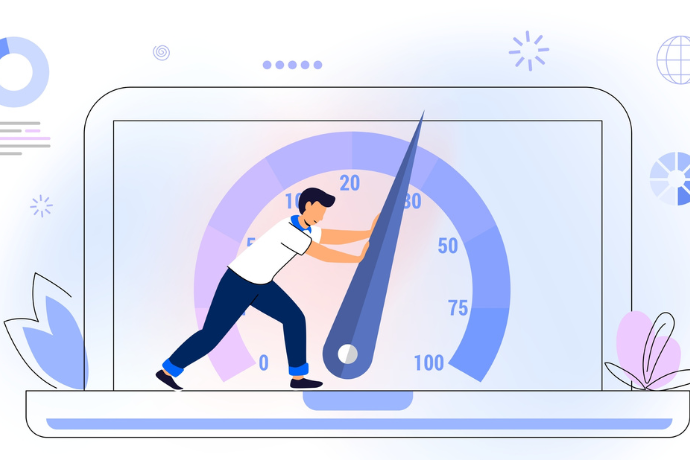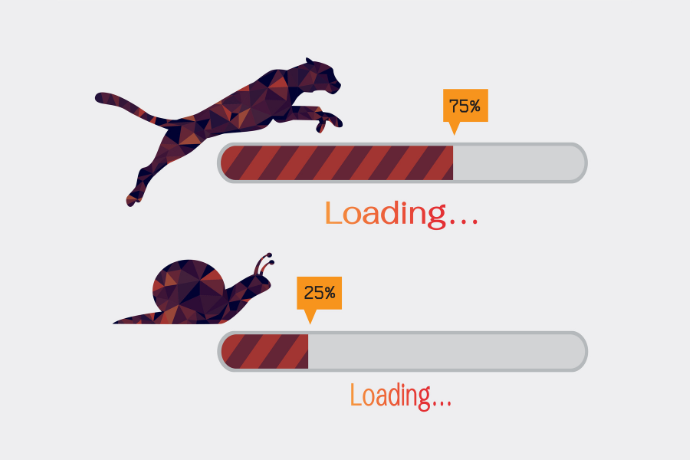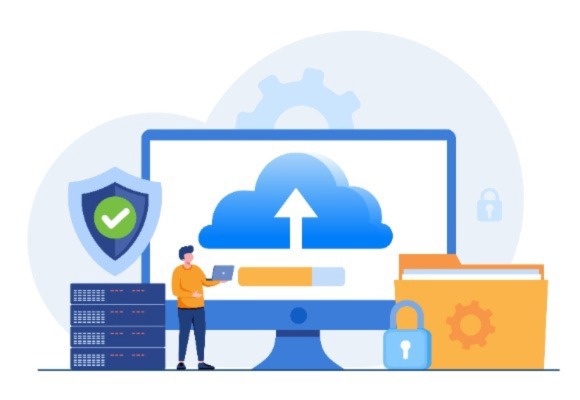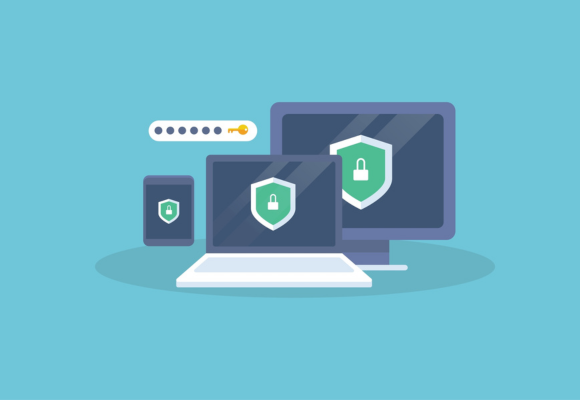August 29, 2023
On the internet, where first impressions matter more than ever, speed is the name of the game. Your website's loading time can make or break the user experience, influencing how long visitors stick around and whether they convert into loyal customers. In this blog, we explore five optimization techniques to help your website load a bit faster.
The Need for Swift First Impressions
Users crave instant gratification. A fast-loading website provides a seamless and enjoyable experience, reducing bounce rates and encouraging visitors to stay longer and explore your content. But why is having a fast-loading website important in the first place?
-
SEO Boost: Search engines, like Google, value user experience and prioritize fast-loading websites in their rankings. A speedier site can significantly improve your search engine visibility, attracting more organic traffic.
-
Higher Conversion Rates: Faster websites tend to lead to higher conversion rates, meaning more sales. When users can quickly access your products or services, they are more likely to complete purchases or desired actions.
-
Mobile Friendliness: With mobile devices dominating internet usage, fast loading times become even more important. Mobile users often have limited bandwidth, making speedy loading times vital for retaining and engaging them.
Factors Affecting Loading Time

To tackle loading problems, it’s important to understand and identify the main culprits. There are several major factors that tend to commonly impact a site’s loading efficiency.
-
Unoptimized Images: Large, uncompressed images can significantly slow down your website. High-resolution images may look great, but they can be optimized without sacrificing quality.
-
Excessive JavaScript and CSS: Too many unnecessary JavaScript and CSS files can overload your site, causing longer loading times. Minimizing and combining these files can streamline your website's performance.
-
Unnecessary Code and HTTP Requests: Bloated code and an excessive number of HTTP requests can burden your server and slow down response times.
-
Lack of Browser Caching: Without browser caching, returning visitors must reload the entire webpage, increasing loading times. Caching stores certain elements locally, allowing quicker access on subsequent visits.
Distant Server Locations: The physical distance between your server and your website visitors can affect loading times. A server too far away from a user's location may lead to increased lag times or latency.
5 Ways to Improve Your Website's Speed

Now that you understand why your website’s speed is important, and the main factors that slow it down, you’ll be able to easily improve your loading time. Try following these five ways to improve your website’s speed.
1. Convert Images to WebP Format and Optimize Image Size
If you want to speed up your website’s load time, try converting your images to the WebP format. This offers better compression of the photos without compromising their quality. You can also try compressing and resizing images to reduce their file sizes further. The smaller and easier to load your website’s images are, the faster your website should load.
2. Remove Unused JavaScript and CSS Files
Perform an audit of your website's scripts and stylesheets. Eliminate any unused or redundant files to lighten the load on your website. If there are unused files, this can drag down the speed of your site. You don’t want any extra clutter increasing the latency.
3. Optimize Code and Reduce HTTP Requests
Minimize your HTML, CSS, and JavaScript code to remove unnecessary characters, white spaces, and comments. Additionally, limit the number of HTTP requests by combining files where possible. Again, the name of the game here is optimizing the content on your site so that there are no unnecessary pieces slowing it down!
4. Enable Browser Caching
Leverage browser caching to store static elements of your website on visitors' devices. This way, when they return to your site, certain elements can load faster from the local cache. They won’t need to reload all parts of the site every single time they visit.
5. Utilize Content Delivery Networks (CDNs)
CDNs distribute your website's content across various servers worldwide, bringing it closer to your users. This geographically distributed approach minimizes latency and improves loading times.
Remember, a speedier website isn't just a luxury; it's a necessity for success in today's fast-moving online world. You don’t want any potential customers to be turned away from your site because of a failure to load.
If you’re seeking new and innovative ways to optimize your website’s loading time, feel free to reach out to our team at FYIN. We’d love to help your business’ online presence flourish.


